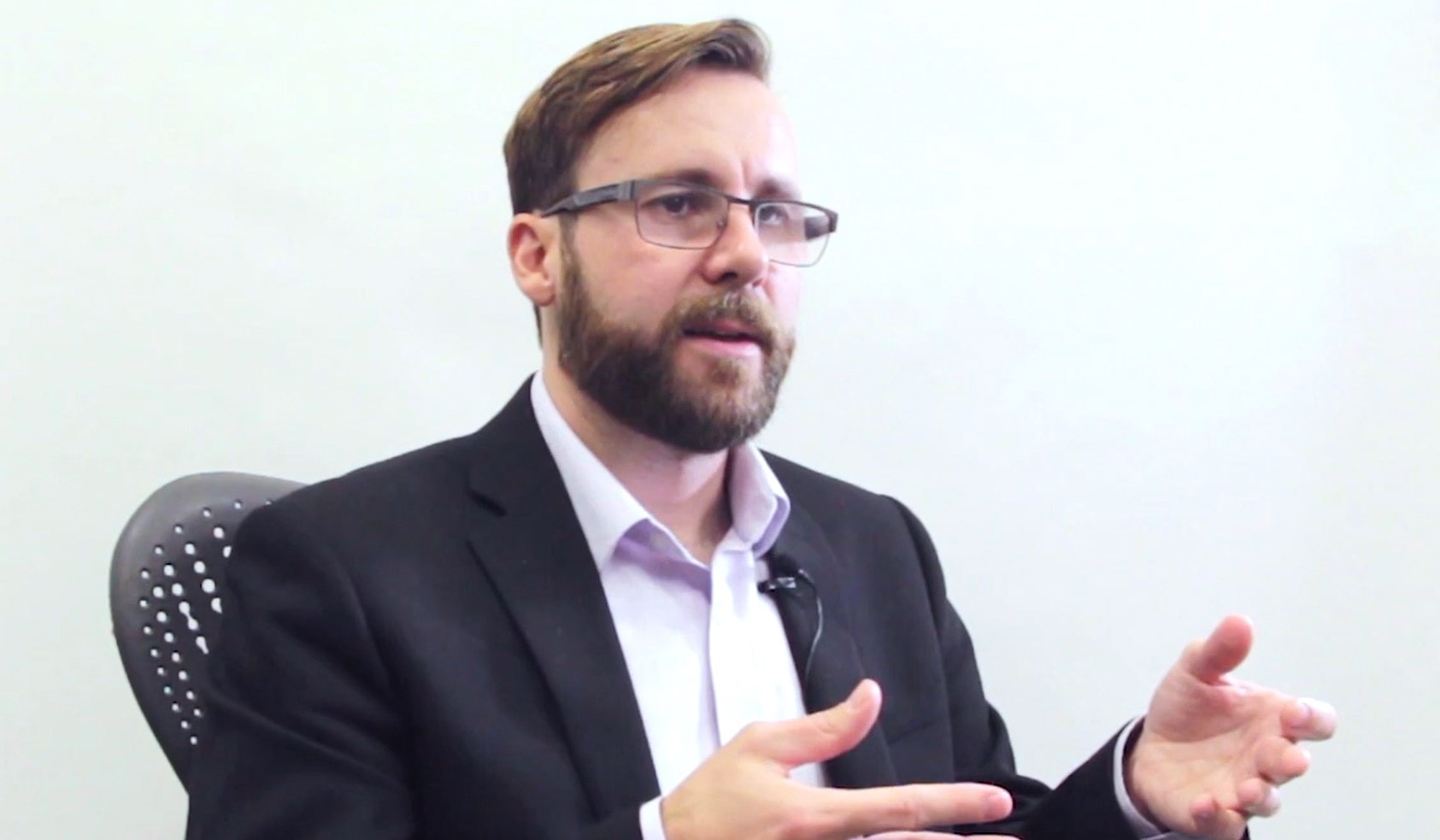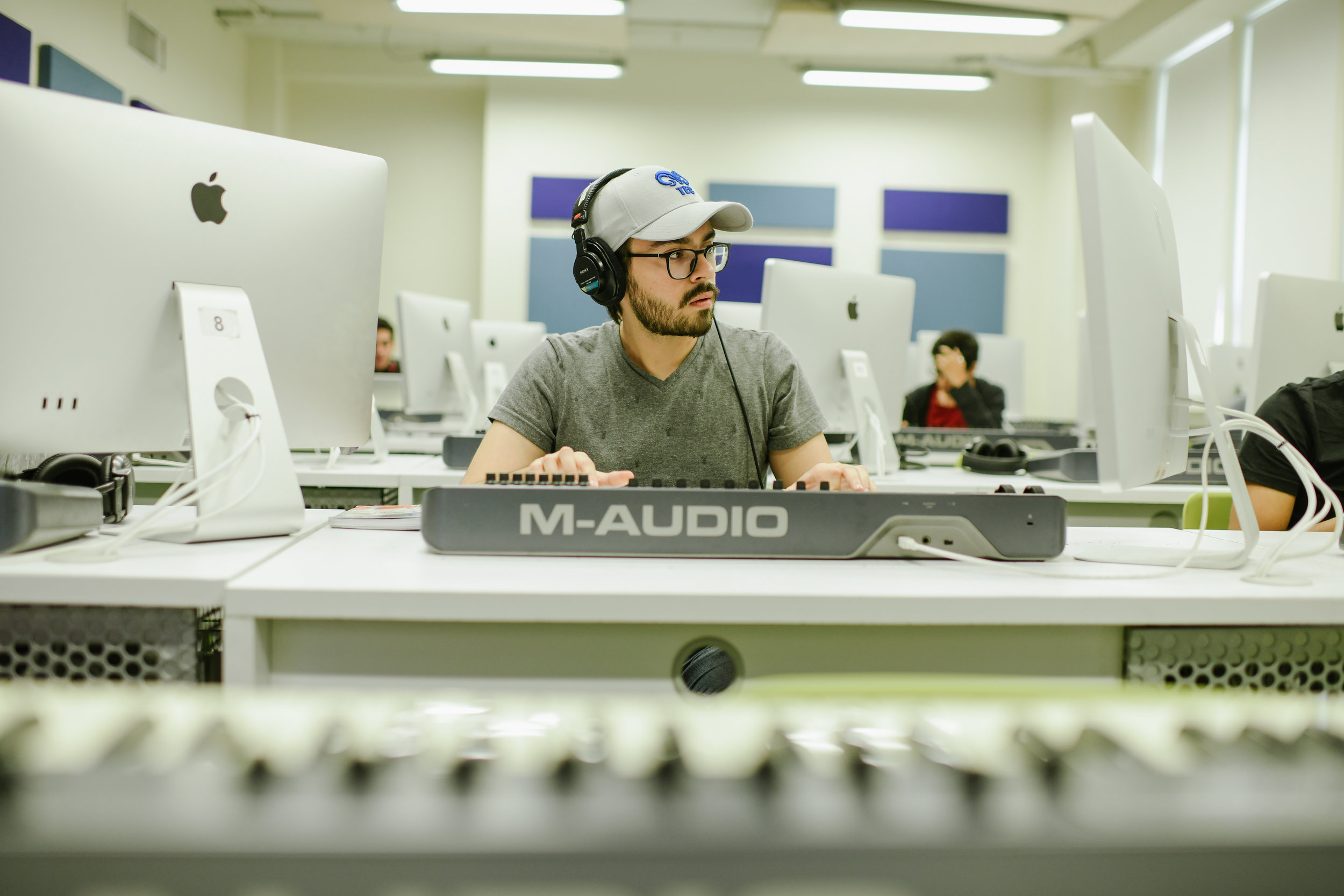>
“Do you need a degree or is a degree just a useful thing? Or does it not matter at all? Instead, might it make sense to have an alternative offering or an alternative credential?”
Sean Gallagher, founder and Executive Director of Northeastern University’s Center for the Future of Higher Education and Talent Strategy, and Executive Professor of Educational Policy shares his view with the Observatory on Alternative Credentials and the relationship between universities and employers.
Read the full transcript:
Observatory (O): What is the biggest challenge the talent market is facing and how alternative credentials can help overcome them?
Gallagher (G): I would say the greatest challenge is just a supply and demand disconnect. There is not enough talent or skills based available, particularly in the very high demand fields or occupations, whatever term we want to use, like coding and analytics in certain areas and health care. There are zones where employers just can’t find the right people or the right skills or enough people.
These alternative credentials and alternative educational institutions have emerged to fill that gap. Universities, for the most part, haven’t kept up with their program offerings and they haven’t been nimble enough to develop the education that’s needed. Other providers have stepped into this gap and companies themselves have said: “If we’re going to hire tens of thousands of people to work in cloud computing and we also want our brand to be the best in cloud computing, maybe we should develop an educational program and take our internal curriculum and turn it out to the world and use that as a way to find talent.” There are a lot of possibilities.
O: How to make higher education and employers talk the same language when it comes to graduates’ skills?
G: One thing that I think about often is that if you think about a typical corporation, even a giant corporation with significant resources, they don’t have a liaison for higher education. They don’t have a function of the company that’s concerned with relationships with colleges and universities necessarily. Some do, but it will probably be more for college recruiting, someone who goes out to campus and hires new MBA graduates. You have areas of companies that interact with university researchers. You have areas of companies that interact with colleges to get them to develop some training for some of their employees. But it’s siloed, so there’s not a C-Suite person that exists in the different domains and divisions of the company.
On top of that, on the higher education side, we don’t do a very good job for the most part with employer relations. Our relationships with companies are often housed in individuals. I am not suggesting that the solution is that companies invest in a role, or that colleges and universities create an office or a liaison, although some have and that can be very useful, but that structurally it is hard to facilitate the interaction. An example might be a company probably has a chief legal person and that’s going to be the person that interacts with the law firm and understands the regulation, and there’s a clear one to one kind of connection point.
Another thing is the tools. That is an area where these educational technology companies are sprouting up and developing, and big technology companies are investing more in systems that can facilitate some of this. Hiring and finding talent and doing a better job at assessing and identifying talent and skills has now become an area of competitive advantage. There’s a lot of venture capital money, and there’s a lot of corporate attention now going into how we bridge this gap through various technologies.
O: You have talked about talent and the paradox of being a top priority for companies but they are refusing to pay for training. How can this be fixed?
G: We have [At Northeastern University] perhaps more than fifteen thousand students per year who do a cooperative education placement and work experience, perhaps many thousands more. We have three thousand employer partnerships; We have worked with our employers for decades. We have surveyed them, we talk to them all the time and they continue to employ students because it is a model that works. This relationship works very well for the students. There is a proven educational outcomes.
One of the reasons that we haven’t seen more cooperative education worldwide is that it can be hard culturally and infrastructure wise to build your program or your institution around that rotation. If you have students who are on campus, then they’re out working, and it impacts your model of tuition. It impacts the housing that you need on campus. Certainly, the biggest thing is the resources that you need. We have hundreds of professionals who do career advising and employer relations and the faculty culture as well.
The faculty needs to be accepting and bought into the idea that the students are coming in with experience and that the focus is more applied than it might be in a more theoretical environment. There are a number of hurdles, but you know there is great interest among many educational institutions in smaller forms of that model or in maybe launching cooperative education programs for a certain degree area or in a certain college. We are very excited to help with that and to help study and facilitate it.
O: Is lifelong learning flourishing?
G: In a way, one area were that is happening, I’ll call it at a micro-level, is in online projects, project-based learning and challenge-based learning, which is very common with new online credentials, with master’s programs and with bootcamps. So maybe it is not a full-time job. That is traditionally more for the residential student, the full-time student, where they are going to study for a period and then they can work at an employer. In this world of online education and lifelong learning you can be employed at a company and not leave your employer but do a project that helps get you into the new domain that you are interested in.
O: What should employers consider when hiring?
G: Corporate learning and development, and even the basics of how hiring works, much less I specialize in educational credentials and how that plays a role in the process, in general how companies hire how they make decisions, how they design jobs, it is an understudied area. When you put this all together, we still have a lot of things to understand and a lot more research to do. I think one of the challenges, certainly, is it’s an interesting time worldwide politically and in terms of policy, and what our corporate responsibilities, and what’s the responsibility of government, and what we tax for, and how much do individuals pay. Those types of trade-offs and questions are at the heart of how you develop an economy, right, and who benefits.
The main trend in the US and I think it’s true worldwide, for better or for worse, is that education has gone from being seen as a public good to more of a private good. So we charge tuition for it, and the government may invest less, companies invest less, and it’s more up to the individual. If that’s the situation, then individuals need assurances or accounts that they can invest in these or different tax credits advising, supporting, mentoring and coaching over the course of their career. It would be a whole new environment. I think that is happening right now, but we’re in the early days of understanding how it shakes out.
O: Alternative credentials or traditional credentials?
G: Well if you think about the category of alternative credentials or micro-credentials compared to a degree, we just think of those as two different categories, and we’ll compare them. The real value proposition for the alternative credentials is that they tend to be more targeted and more specific; they are more focused. By definition, they are smaller, and they are targeted; therefore it demonstrates to an employer that you have a specialization; that you really mastered something specific compared to degrees, that tend to be broad, and you don’t quite know often in a degree well how much of this was included in it.
When you’ve earned an alternative credential it is more about specialization. They also tend to be more verifiable in the sense that there you can share them on social media. You can often click through and verify that someone has actually earned this credential, which for some is an important thing. Almost by definition, they are more affordable. That is where the question comes in: do you need a degree or is a degree just a useful thing? Or does it not matter at all? Instead, might it make sense to have an alternative offering or an alternative credential. It becomes a way that you can signal your learning and your professional competency, and gain access to actual learning and skill development at a lower cost and you get something in the end. You get something that can go on a resume.
The added bonus that is now emerging is that it doesn’t have to be a trade-off with a degree. Maybe in the past, you had to decide between a great seminar or training or spending money out of pocket for a degree. Today, you can get a micro-credential that’s targeted and then you can stack that credit into a degree credential down the line, at least where the market seems to be moving.
This article from Observatory of the Institute for the Future of Education may be shared under the terms of the license CC BY-NC-SA 4.0 
)
)










)
Driveth Razo
Driveth Razo
Driveth Razo